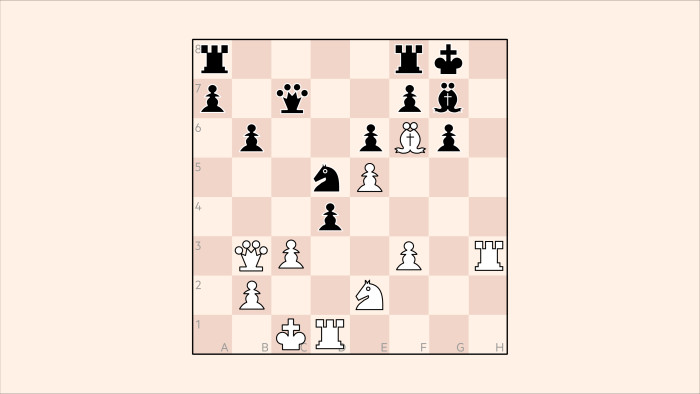Chess: watch the power of the queen-knight duo in this useful opening trap

Long ago, when I first competed in the annual Hastings congress, I lost a decisive game for first prize in the Masters group. There were other pieces on the board, but essentially the battle was between my two rooks and a bishop and my opponent’s queen and knight. Based on the traditional point count of queen nine or 10, rook five, bishop three and a half, knight three,it should have been an even fight, but my rook-bishop trio were soon overrun.
After I resigned, my conqueror Herbert Rhodes, a Southport solicitor who had been awarded the Military Cross in the 1914-18 war, told me that in his experience the queen-knight duo were generally superior, but that few players were fully aware of this.
Rhodes’s tip came back to me recently when mention on a chess forum of a Caro-Kann 1 e4 c6 opening trap stimulated several posters to say that they had used it, fallen for it, or witnessed it. The snare has scored for at least two chess legends. Paul Keres won a 1950 tournament game with it, while Alexander Alekhine brought it out in a simultaneous display to defeat four opponents in consultation.
The sequence to remember is 1 e4 c6 2 Nc3 d5 3 Nf3 dxe4 4 Nxe4 Nd7 5 Qe2 (setting the trap) Ngf6?? 6 Nd6 mate. And again it is our old friends the queen and knight that do the damage.
The queen-knight pair can also be the key to more sophisticated attacks, as in this game which enabled India’s Dommaraju Gukesh, 15, to win last week’s online Gelfand Challenge and so qualify for a chance to take on Magnus Carlsen later this month.
Puzzle 2423
Wei Yi v Tigran L Petrosian, China v Armenia, Pro Chess League 2020. Find White’s surprise winning move.
Click here for solution
Comments